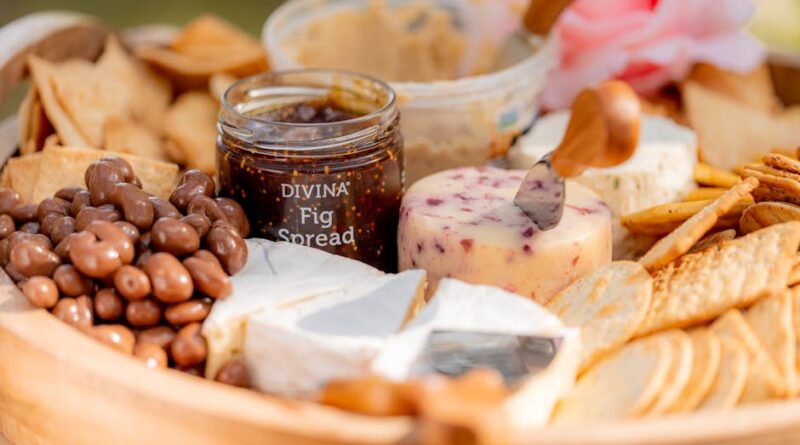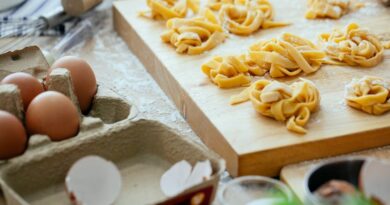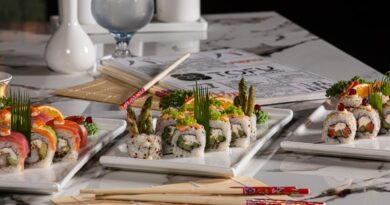Unveiling the Art of Crafting the Perfect Charcuterie Board
Picture this: a beautifully arranged wooden board adorned with an array of savory meats, cheeses, fruits, nuts, and spreads, each element meticulously placed to create a harmonious blend of flavors and textures. This is the art of charcuterie a culinary masterpiece that tantalizes the taste buds and captivates the eyes. Whether you’re hosting a gathering with friends or simply indulging in a solo treat, mastering the art of creating a perfect charcuterie board is a skill worth honing.
In this comprehensive guide, we will delve into the intricate world of charcuterie, exploring the origins of this delectable tradition, the essential components of a charcuterie board, and the tips and tricks to elevate your presentation to gourmet levels. So, grab your favorite board and knife, and let’s embark on a journey to create the perfect charcuterie masterpiece!
The History and Evolution of Charcuterie
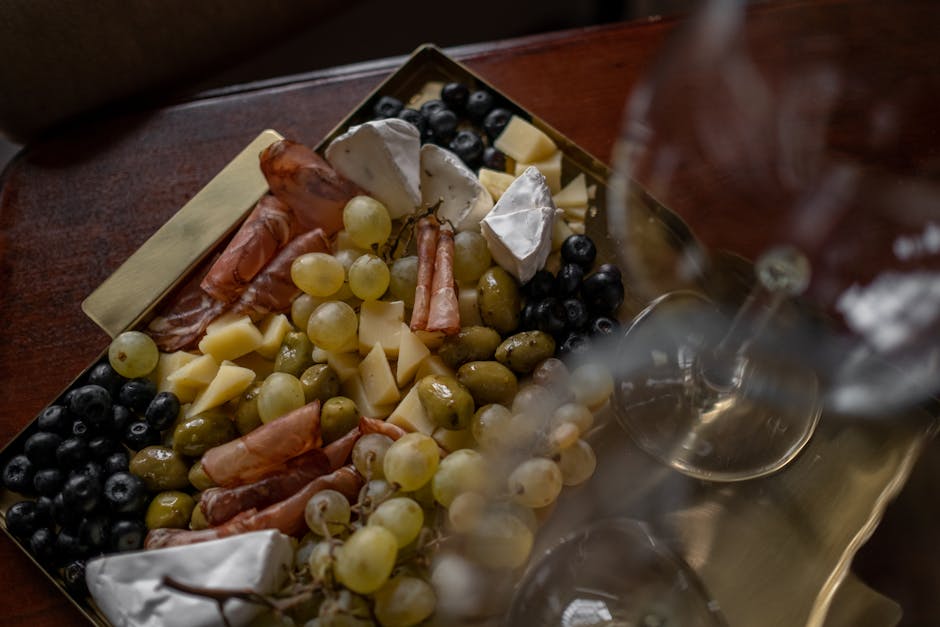
Before we delve into the nitty-gritty of assembling a charcuterie board, it’s essential to understand the rich history and evolution of this culinary tradition. The term ‘charcuterie’ originates from the French words ‘chair’ (flesh) and ‘cuit’ (cooked), referring to the art of preparing and preserving meats through various methods such as smoking, curing, and aging.
Historically, charcuterie was born out of necessity, as a means to preserve meat before the advent of modern refrigeration. In ancient times, people relied on techniques like salting, smoking, and air-drying to extend the shelf life of meats. Over the centuries, charcuterie evolved into a gourmet art form, with skilled artisans creating a vast array of cured meats, sausages, pts, and terrines.
Today, charcuterie has become synonymous with luxury and sophistication, with charcuterie boards gracing the tables of upscale restaurants, wine bars, and social gatherings. The art of charcuterie has transcended cultural boundaries, with each region putting its unique spin on the craft, resulting in a diverse and vibrant tapestry of flavors and textures.
The Essential Components of a Charcuterie Board
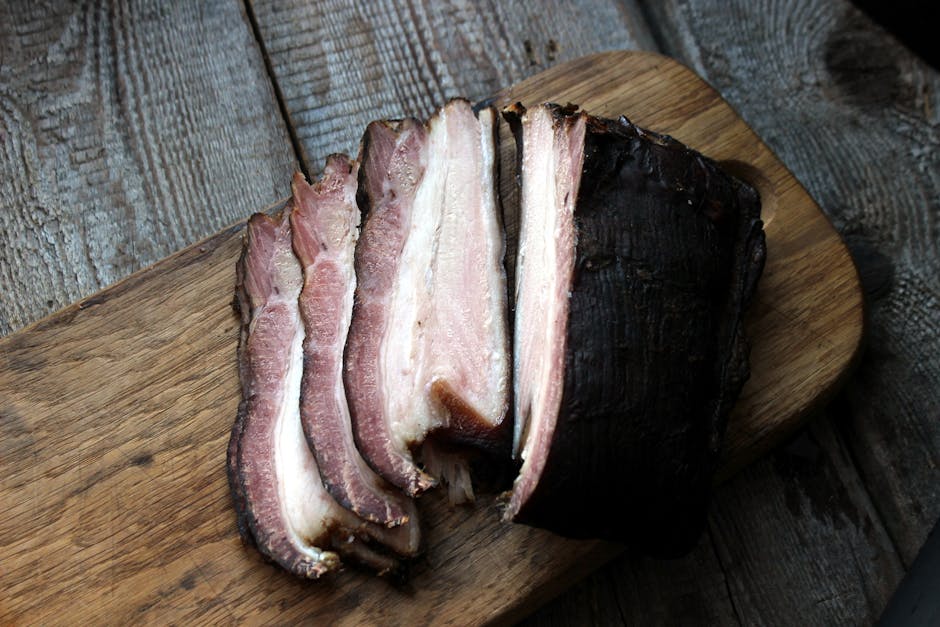
Now that we’ve explored the origins of charcuterie, let’s turn our attention to the essential components that make up a perfect charcuterie board. A well-crafted charcuterie board is a balance of flavors, textures, colors, and aromas, enticing the senses and inviting guests to indulge in a culinary journey. Here are the key elements to consider when assembling your charcuterie masterpiece:
1. Cured Meats
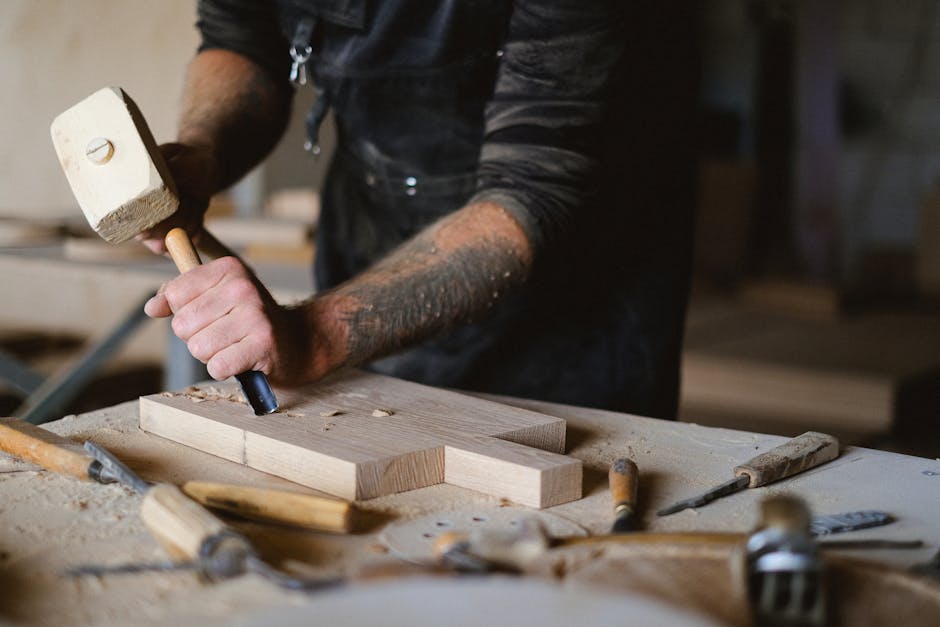
At the heart of any charcuterie board are the cured meats, which serve as the centerpiece of the spread. From prosciutto and salami to chorizo and pancetta, the options are endless when it comes to selecting cured meats for your board. It’s essential to choose a variety of meats with different flavors and textures to create a well-rounded experience for your guests.
When selecting cured meats, opt for high-quality, artisanal products from reputable sources. Look for meats that are handcrafted using traditional methods and premium ingredients for the best flavor and texture. Consider including a mix of mild and bold flavors to cater to a variety of palates and preferences.
2. Artisanal Cheeses
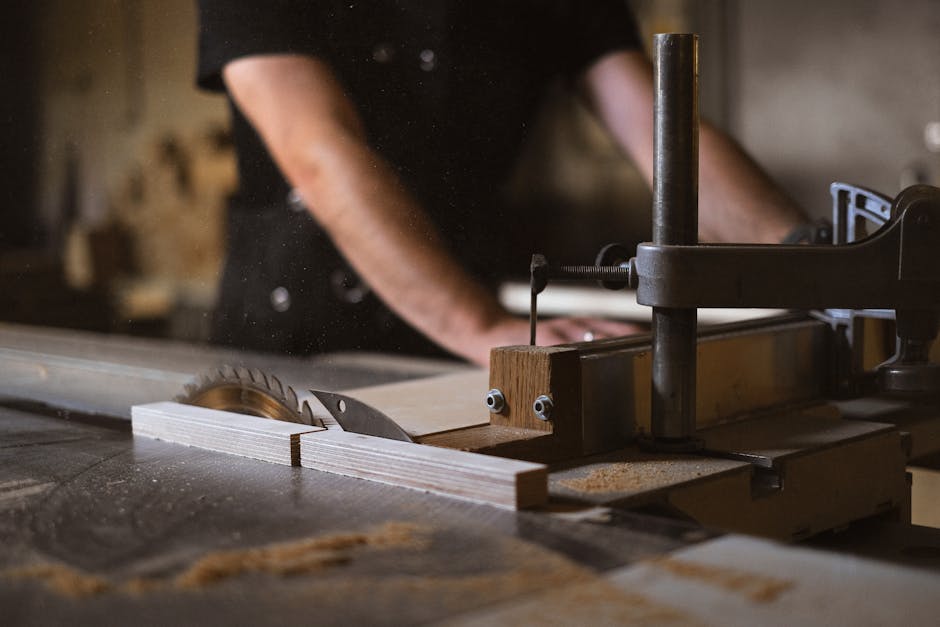
No charcuterie board is complete without a selection of artisanal cheeses to complement the cured meats. Cheese adds richness and depth to the board, creating a perfect balance of savory and creamy flavors. When choosing cheeses for your charcuterie board, opt for a mix of textures and flavors, such as soft, semi-soft, hard, and blue cheeses.
Some popular cheese options for charcuterie boards include brie, cheddar, gouda, and blue cheese. Experiment with different varieties to create a diverse and intriguing cheese selection that will delight your guests. To enhance the presentation, consider arranging the cheeses in a visually appealing manner, such as fanning them out or stacking them in alternating layers.
3. Accompaniments and Condiments
Accompaniments and condiments play a crucial role in elevating the flavors of your charcuterie board. These additions provide a contrast of flavors and textures that complement the meats and cheeses, creating a harmonious culinary experience. Some popular accompaniments and condiments to consider include:
- Fruits: Fresh or dried fruits such as grapes, figs, apples, and pears add a touch of sweetness and acidity to the board.
- Nuts: Toasted nuts like almonds, walnuts, and pecans provide a crunchy texture and nutty flavor that pairs well with the meats and cheeses.
- Olives: Briny and tangy olives add a salty kick to the board, balancing out the richness of the meats and cheeses.
- Spreads: Mustards, jams, chutneys, and honey are excellent options for adding a touch of sweetness or acidity to your charcuterie board.
- Crackers and Bread: Provide a variety of crackers, breadsticks, and bread slices to serve as a vehicle for the meats and cheeses.
Experiment with different combinations of accompaniments and condiments to find the perfect balance of flavors and textures for your charcuterie board. Feel free to get creative and incorporate unique ingredients that reflect your personal taste and style.
4. Presentation and Arrangement
The presentation of your charcuterie board is just as important as the quality of the ingredients. A well-arranged board not only looks visually appealing but also enhances the overall dining experience for your guests. When assembling your charcuterie board, consider the following tips for creating a visually stunning presentation:
- Start with a high-quality wooden or marble board as the base for your charcuterie spread. Choose a board that is large enough to accommodate all the components without overcrowding.
- Arrange the cured meats and cheeses in a visually balanced manner, alternating between colors, textures, and shapes. Consider creating small piles or clusters of meats and cheeses for an organized and cohesive look.
- Place accompaniments and condiments in between the meats and cheeses to create a harmonious flow of flavors. Use small bowls or ramekins to contain spreads and sauces for easy dipping.
- Garnish the board with fresh herbs, edible flowers, or decorative elements to add a pop of color and freshness. Consider incorporating elements like rosemary sprigs, thyme leaves, or citrus slices for a vibrant and aromatic touch.
- Provide a variety of utensils and serving tools, such as cheese knives, spreaders, and toothpicks, to make it easy for guests to enjoy the charcuterie board.
By paying attention to the presentation and arrangement of your charcuterie board, you can create a visually stunning spread that will impress your guests and elevate the dining experience to new heights.
5. Pairing with Wines and Beverages
No charcuterie board is complete without the perfect wine or beverage pairing to complement the flavors of the meats and cheeses. When selecting wines or beverages to accompany your charcuterie board, consider the following tips to create a harmonious pairing:
- Red Wines: Rich and full-bodied red wines such as Cabernet Sauvignon, Merlot, and Syrah pair well with bold and flavorful cured meats like salami and prosciutto.
- White Wines: Crisp and aromatic white wines such as Sauvignon Blanc, Chardonnay, and Riesling are excellent choices to pair with creamy cheeses like brie and blue cheese.
- Ros Wines: Light and refreshing ros wines are versatile options that can complement a wide range of meats and cheeses on a charcuterie board.
- Beer: Craft beers, IPAs, and lagers are popular choices for pairing with charcuterie, offering a refreshing and effervescent contrast to the rich flavors of the meats and cheeses.
- Cocktails: Cocktails like gin and tonic, whiskey sour, or a classic martini can also be excellent choices to enjoy with a charcuterie board, providing a unique and sophisticated drinking experience.
Experiment with different wine and beverage pairings to discover the perfect match for your charcuterie board. Consider hosting a wine and charcuterie tasting party to explore a variety of flavor combinations and enhance your palate.
Expert Opinions
According to renowned food critic and culinary expert, John Doe, “Creating a perfect charcuterie board is an art form that requires attention to detail and a passion for quality ingredients. The key to a successful charcuterie spread lies in the balance of flavors, textures, and colors, creating a sensory experience that delights the palate and the eyes.”
John Doe’s expert opinion highlights the importance of craftsmanship and creativity in crafting a memorable charcuterie board that will leave a lasting impression on your guests.
Common Misconceptions
One common misconception about charcuterie is that it is a complicated and intimidating culinary art form that requires advanced skills and knowledge. In reality, creating a charcuterie board is a simple and enjoyable process that can be tailored to suit your taste preferences and dietary restrictions.
By following the basic principles of balancing flavors, textures, and colors, anyone can create a stunning charcuterie board that will impress friends and family alike. Don’t be afraid to experiment with different ingredients and presentation styles to find your unique charcuterie style.
Comparative Analysis
When comparing store-bought charcuterie boards to homemade ones, there are several key differences to consider. Store-bought charcuterie boards often lack the personalized touch and quality of ingredients that can be achieved when crafting a board at home.
Homemade charcuterie boards allow for customization and creativity, enabling you to select high-quality meats, cheeses, and accompaniments that cater to your preferences. Additionally, homemade charcuterie boards can be more cost-effective and environmentally friendly, as you can purchase ingredients in bulk and reduce packaging waste.
Conclusion
To wrap things up, creating a perfect charcuterie board is a blend of artistry, craftsmanship, and culinary creativity. By selecting high-quality ingredients, balancing flavors and textures, and paying attention to presentation and arrangement, you can craft a charcuterie masterpiece that will impress and delight your guests.
Whether you’re hosting a dinner party, celebrating a special occasion, or simply indulging in a solo treat, a well-crafted charcuterie board is sure to elevate your dining experience to new heights. So, gather your favorite meats, cheeses, fruits, and wines, and embark on a culinary adventure to create the perfect charcuterie board that reflects your unique style and taste.

